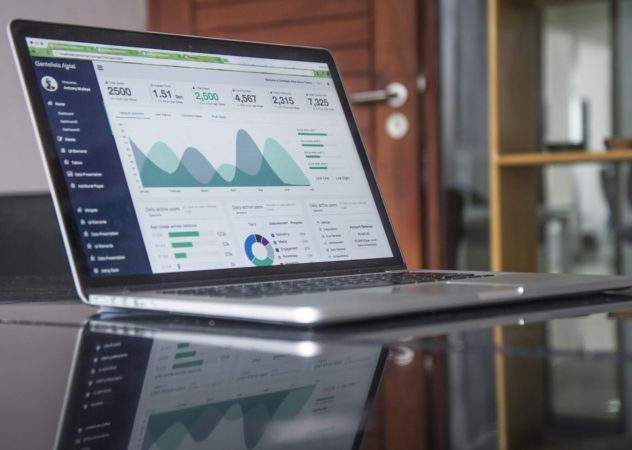

In today’s digital landscape, social media has become a cornerstone of communication, branding, and customer engagement. But simply having a presence on platforms like Instagram, X (formerly Twitter), Facebook, TikTok, or LinkedIn isn’t enough. To truly harness the power of social media, businesses, creators, and marketers must go beyond posting—they need to measure.
This is where social media analytics come in.
Social media analytics involve tracking, collecting, and analysing data from your social platforms to understand performance and make informed decisions. These metrics can range from likes, shares, and comments to reach, impressions, click-through rates, follower growth, and engagement rates.
Not all content performs equally. Monitoring analytics helps you identify which posts resonate with your audience—whether it’s a behind-the-scenes video, a thought leadership post, or a meme. You’ll learn what types of content spark engagement, which posting times yield the highest reach, and what formats drive conversions.
Example: If your short-form videos consistently outperform image posts, that’s a clear signal to double down on video content.
If you’re investing time and budget into social media, you need to ensure that investment pays off. Whether you’re running a paid ad campaign or promoting a product launch organically, analytics reveal whether your efforts are generating traffic, leads, or sales.
Analytics tools can show you demographic data like age, gender, and location, along with user behaviour insights. This allows you to tailor your content strategy and ad targeting to better align with your actual audience—not just who you think your audience is.
Beyond likes and shares, monitoring comments and mentions helps you gauge how people feel about your brand. Are you building loyalty or facing backlash? Sentiment analysis tools can give early warnings of PR issues—or highlight opportunities to engage positively.
Keeping an eye on your own metrics is important, but comparing your performance to competitors can help you spot industry trends, identify gaps in your strategy, and set realistic goals for growth.
Social media trends shift quickly. Real-time analytics help you stay agile, allowing you to pivot your content strategy, posting schedule, or platform focus based on what the data is telling you.
While your focus may vary depending on goals, here are some common analytics worth tracking:
Monitoring your social media analytics isn’t just about watching numbers – it’s about using data to tell a story, connect with your audience, and grow your brand intentionally. In a crowded digital world, those who leverage insights over intuition will be the ones who stand out.
If you’re not already digging into your analytics, now is the time. Start with the basics, review regularly, and use what you learn to create smarter, more impactful content.
Data doesn’t lie. Use it to lead.
Get in touch with our experts today!


